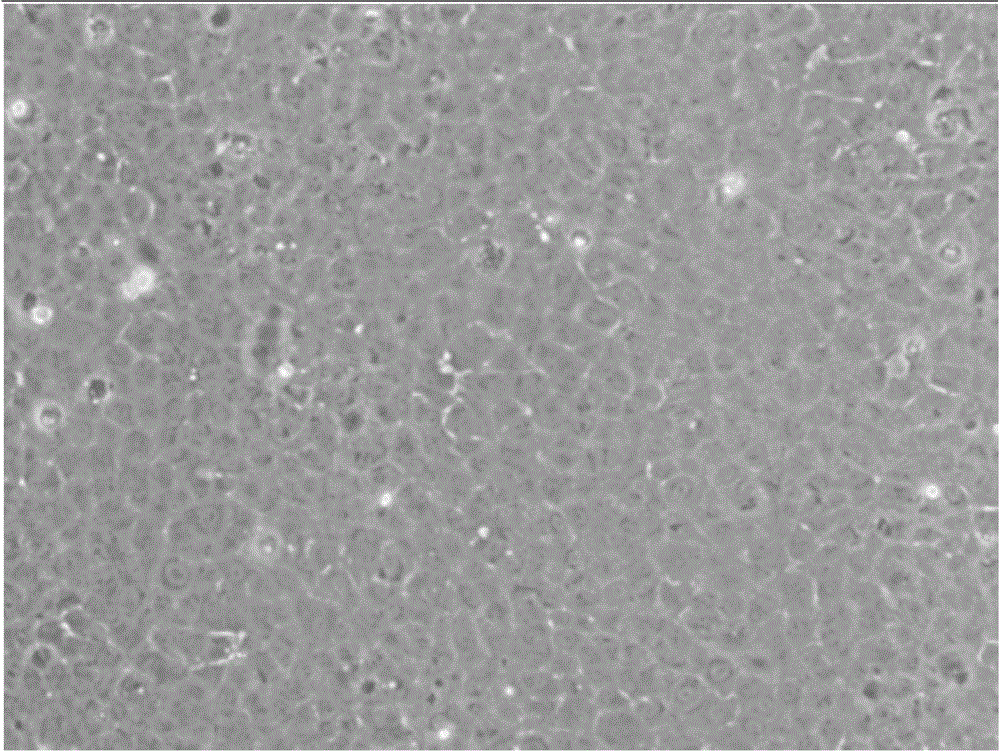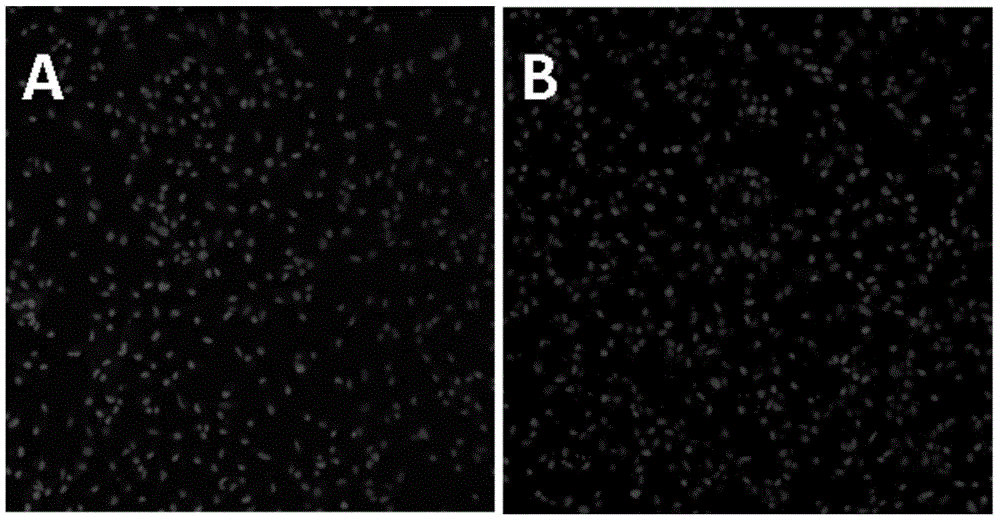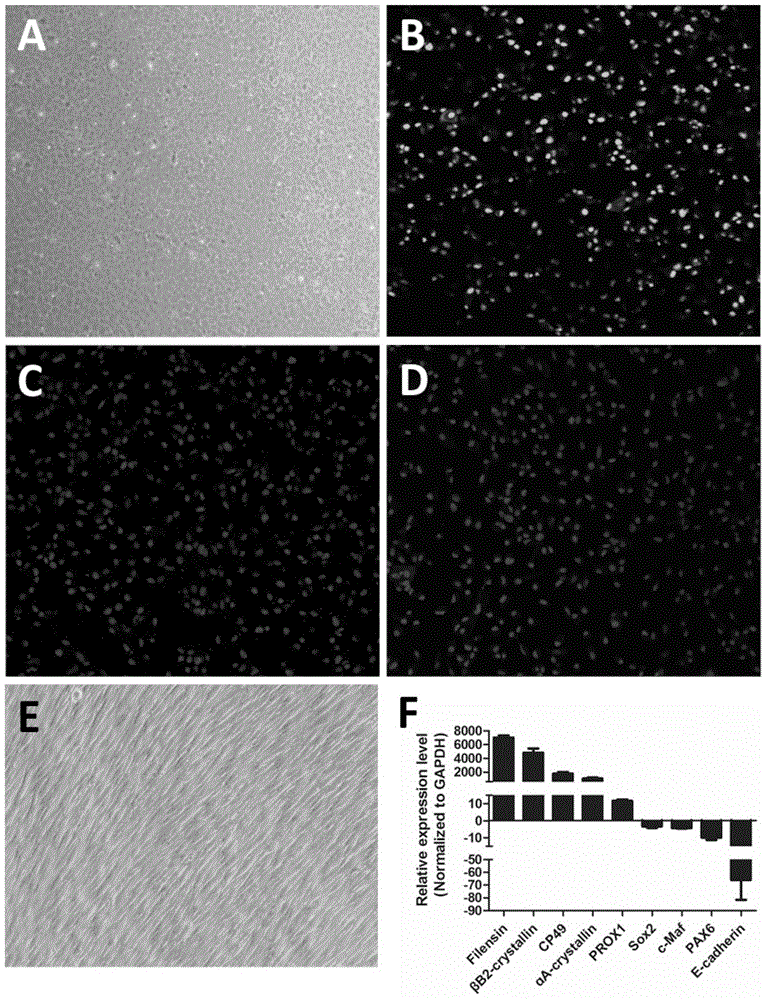A separation culture method for lens epithelium stem cells
A technology for separating and culturing lenses, applied in non-embryonic pluripotent stem cells, animal cells, vertebrate cells, etc., to achieve the effects of easy operation, good application prospects and high activity
- Summary
- Abstract
- Description
- Claims
- Application Information
AI Technical Summary
Problems solved by technology
Method used
Image
Examples
Embodiment 1
[0038] Example 1 Isolation, cultivation and identification of human eye lens epithelial stem cells
[0039] 1. Method
[0040] 1.1 Isolation and culture
[0041](1) The six-well plate was coated with DMEM / F12 culture solution containing 2% Matrigel (Matrigel is Matrigel) for 1 hour before use, the culture solution was discarded, and washed 5 times with sterile PBS;
[0042] (2) Rinse the eye tissue 3 times with PBS containing penicillin / streptomycin, cut off the cornea circularly in the ultra-clean table, cut and tear off the iris radially, fully expose the equator of the lens, and tear off the lens as close to the equator as possible with ophthalmic forceps Anterior capsule and attached epithelium, cut into 1×1mm 2 The fragments were added to a centrifuge tube containing 5 ml of 0.2% collagenase IV to obtain a cell mass. Then put the centrifuge tube into a 37°C incubator and shake gently for 2 hours for digestion. After 2 hours, centrifuge the cells at 1000 rpm for 5 minu...
Embodiment 2
[0056] Example 2 Isolation, Culture and Identification of Rabbit Eye Lens Epithelial Stem Cells
[0057] 1. Cell isolation and culture
[0058] All animal studies were performed in full compliance with the ARVO statement and relevant approvals for animals for ophthalmic and vision research. Eyeballs were removed from New Zealand white rabbits and washed 3 times with PBS containing antibiotics. After the cornea and iris are removed, a small incision is made behind the lens capsule, and the anterior lens capsule and attached epithelium are removed and cut into 1×1mm 2 , the fragments were placed in a centrifuge tube with 5ml of 0.2% collagenase IV to obtain a cell mass. Then put the centrifuge tube into a 37°C incubator and shake gently for 2 hours for digestion. After 2 hours, centrifuge the cells at 1000 rpm for 5 minutes at room temperature to vacuum-aspirate the collagenase. Add 5 ml of 0.25% trypsin-EDTA and pass through a 100um cell strainer. Filtered cells were cultu...
PUM
 Login to View More
Login to View More Abstract
Description
Claims
Application Information
 Login to View More
Login to View More - R&D
- Intellectual Property
- Life Sciences
- Materials
- Tech Scout
- Unparalleled Data Quality
- Higher Quality Content
- 60% Fewer Hallucinations
Browse by: Latest US Patents, China's latest patents, Technical Efficacy Thesaurus, Application Domain, Technology Topic, Popular Technical Reports.
© 2025 PatSnap. All rights reserved.Legal|Privacy policy|Modern Slavery Act Transparency Statement|Sitemap|About US| Contact US: help@patsnap.com



